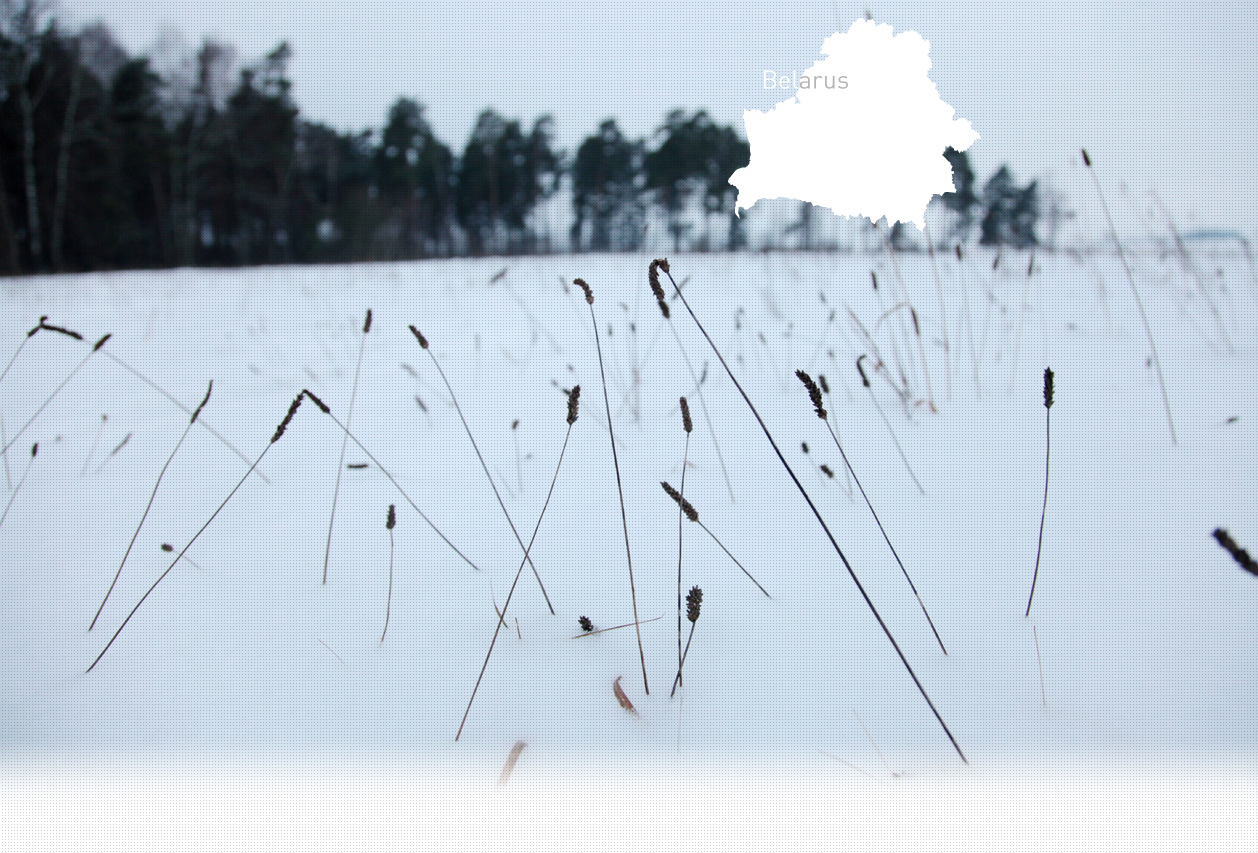

1 Killing site(s)
Yosif Z., born in 1930: “The column was over 100m long. When it arrived near the cemetery, many Jews understood what was going to happen and began to shout. Some tried to run away, but were shot on the spot.” (Witness N°730 interviewed on April 26, 2014)
“In August 1941, the Jews were taken in a truck in the direction of Lida, then shot approximately 5 km outside the city. According to the statements of the farmers of neighborhood, a punitive commando squad scanned the region and shot the Jews under any pretext.”[BAL202AR-Z941/59Vol.Vp.814-B162-3433p.20]
Vasilishki is a village situated 25 km east of Grodno. Before WW2, more than 80% of the 2,500 inhabitants of Vasilishki were Jews. There was one synagogue, a Jewish school, a youth movement, Betar, and a Jewish cemetery. From 1921 to 1939, the village was part of Poland and was overtaken by the Soviets in 1939. The Germans occupied the village at the end of June 1941.
When the Germans arrived, a Jewish police force of 20 men was set up. In December 1941, a ghetto was established across 4 streets of the village, where Jews from the neighboring villages of Zaboloc and Sobakintse were also gathered. The ghetto was guarded, but not fenced in.
The Jews were forced to perform hard labor. On May 10, 1942, the Germans, assisted by the Lithuanian police, carried out a selection of the Jews in the central square. A witness saw them lying on the ground, face down. As one of them tried to smoke a cigarette, he was immediately shot. Between 1,800 and 2,200 Jews were shot in the Jewish cemetery, where pits had been dug in advance, over the course of 2 days. According to witnesses interviewed by Yahad, the mayor of the village requisitioned local inhabitants to dig the pits. The mayor ordered the non-Jewish population to stay in their homes and not to open windows and doors. The rest of the Jews, around 200 people, were transferred to different ghettos, including the Lida ghetto. A certain number of Jews survived by escaping to the forest.
Do you have additional information regarding a village that you would like to share with Yahad ?
Please contact us at contact@yahadinunum.org
or by calling Yahad – In Unum at +33 (0) 1 53 20 13 17